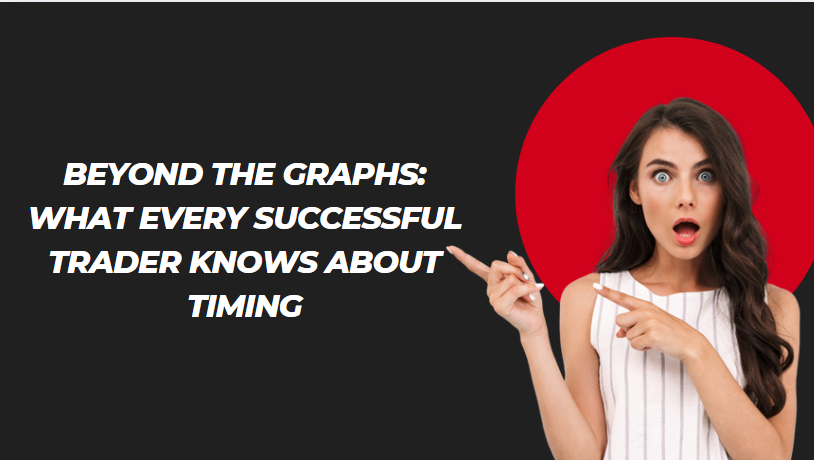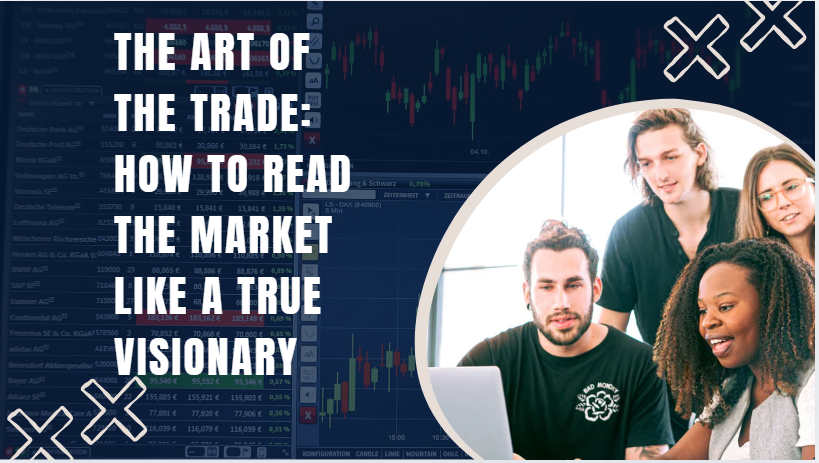Automate, Optimize, Monetize: The New Age of YouTube Content Management-gaminginfo
In the fast-paced world of YouTube content creation, the sheer volume of videos uploaded daily makes standing out increasingly difficult. To succeed on this platform, creators need to master the delicate balance between creativity and efficiency. It’s no longer enough to just produce great videos. In order to grow and sustain a channel, creators must … Read more




